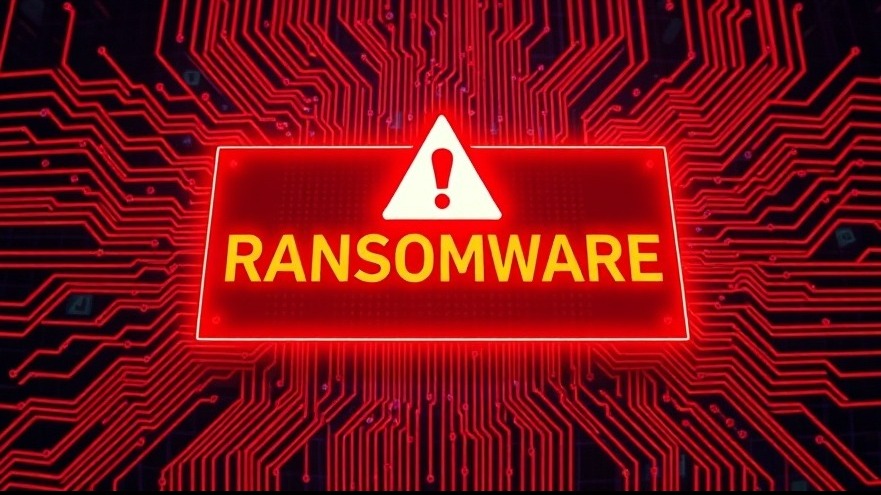
Understanding the Rising Threat of Ghost (Cring) Ransomware
The alarming rise of Ghost (Cring) ransomware has recently led the Cybersecurity and Infrastructure Security Agency (CISA), the FBI, and the Multi-State Information Sharing and Analysis Center (MS-ISAC) to issue urgent advisories, especially targeting critical sectors like healthcare and government. This sophisticated cyber threat has infiltrated organizations in over 70 countries, exploiting outdated software vulnerabilities and weak credentials to hold critical systems and sensitive data hostage.
The Mechanics of Ghost (Cring) Ransomware Attacks
Ghost ransomware operates by initially targeting known vulnerabilities in systems - a tactic that has proven surprisingly efficient. According to the advisory, these attacks often utilize Cobalt Strike malware, which enables them to steal credentials, disable security measures, and encrypt data. Ransom demands typically range from tens of thousands to several hundred thousand dollars, a financial burden many organizations, including concierge medical practices, are ill-prepared to shoulder.
Why Health Care Providers Are Particularly Vulnerable
Health care organizations are prime targets for Ghost ransomware attackers. The operational disruptions they cause can severely impact patient care, leading to the exposure of sensitive data, and potentially resulting in significant reputational damage. Unlike traditional business models, the stakes are even higher in healthcare; operational interruptions not only disrupt services but can also jeopardize patient safety.
Preventive Measures: Mitigating the Ransomware Risk
Experts suggest numerous strategies to safeguard against Ghost ransomware. Patching vulnerabilities in software, implementing strong access controls, and employing multi-factor authentication (MFA) are essential starting points. It's crucial for concierge practices to not only protect sensitive patient data but also to secure their operational frameworks. Further guidance can also be derived from referring to resources like StopRansomware.gov for effective vulnerability management practices.
The Importance of Reporting and Not Paying Ransoms
One key aspect emphasized by cybersecurity authorities is the recommendation against paying ransoms. Doing so does not guarantee data recovery and can embolden attackers. Instead, organizations are advised to report incidents to federal agencies, where they can receive guidance and support in recovery efforts. This collaborative approach can help restore operations through the right channels rather than succumbing to extortion.
Taking Action: Steps for Concierge Medical Practices
As a concierge medical practice owner, understanding these cyber threats is integral to ensuring your business's longevity and reputation. Here are several proactive steps you can take:
Establish robust cybersecurity protocols, including regular updates and monitoring.
Conduct employee training to foster awareness about phishing and other social engineering tactics.
Develop a solid incident response plan that includes reporting requirements and recovery strategies.
Implementing these strategies will fortify your organization against ransomware threats and ensure the protection of patient data.
Looking Ahead: The Growing Landscape of Cybersecurity Threats
The rise of Ghost ransomware is more than an isolated incident—it reflects a broader trend of increasing cyber threats targeting critical domains across the globe. As attackers continuously adapt and evolve their methods, it is essential for medical practices to remain vigilant and responsive to these shifting landscapes. Organizations must think critically about their cybersecurity strategies and be prepared to act at a moment’s notice to protect their systems and data.
 Add Row
Add Row  Add
Add 






Write A Comment